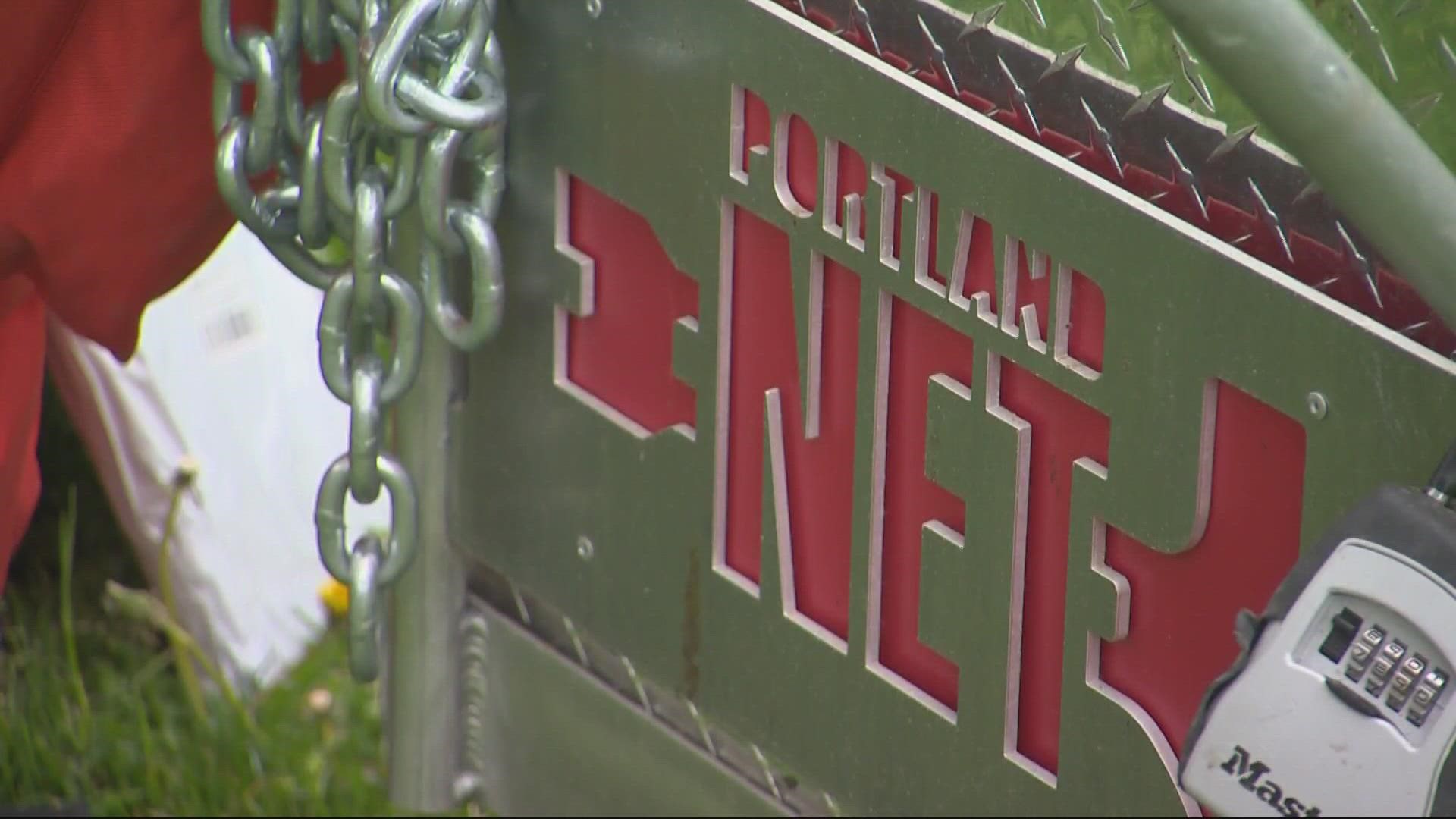PORTLAND, Ore. — In the Pacific Northwest, small earthquakes are relatively common. One of the most recent, a magnitude 2.8 earthquake, rattled Aloha and parts of Hillsboro over the weekend.
More than 400 people reported they felt that quake, according to the United States Geological Survey,
But what happens if a stronger earthquake hit the area and knocked out key lines of communication? It's a question many have been pondering for years.
Portland's Bureau of Emergency Management (PBEM) is reminding residents about the BEECN program, which stands for Basic Earthquake Emergency Communication Nodes. This mission is simple: to connect if an earthquake cuts off communication.
The 50 pop-up sites, stationed geographically around the city, are information hubs able to put out calls for help, with the added bonus of emergency supplies — everything from radios to first aid kits.
OTHER STORIES: OSU researches use 3D modeling to analyze earthquake risks
PBEM said BEECNs are easily located under a clearly marked red and white tent. At these sites, there will be pre-designated City employees, Neighborhood Emergency Team (NET) members or other volunteers operating emergency radio equipment.
"BEECN volunteers work in their neighborhoods to help get information to and from their neighbors who may have serious life safety issues," said Ernie Jones, who runs the program.
The program has been around in Portland since 2012.
Jones wants Portlanders to locate their BEECN site before disaster strikes, as well as recruit around 200 more volunteers to staff the emergency locations, should the need arise.

